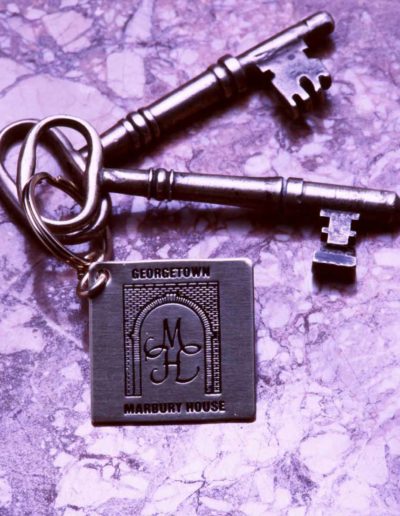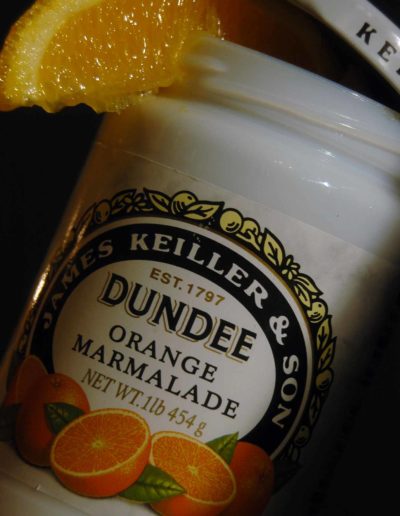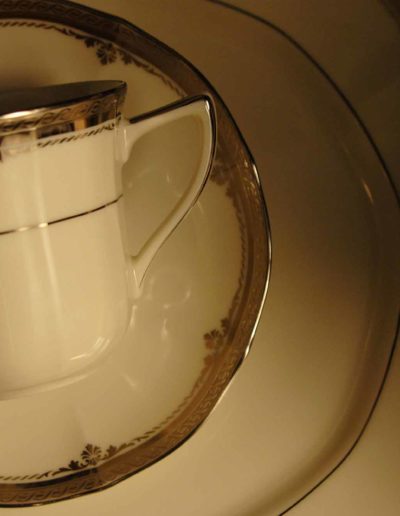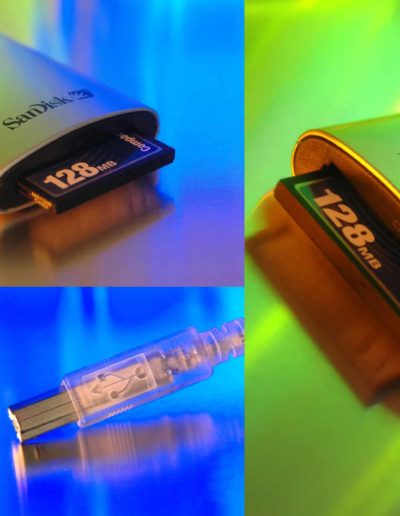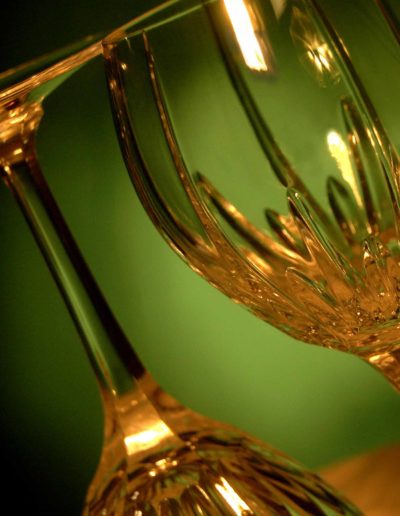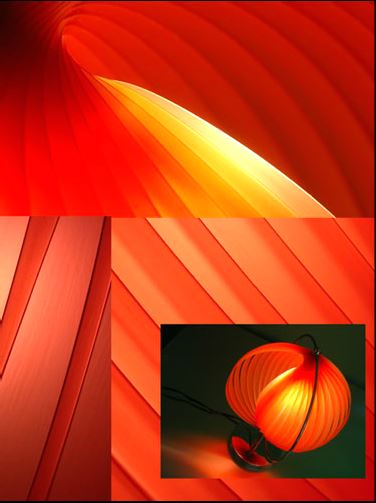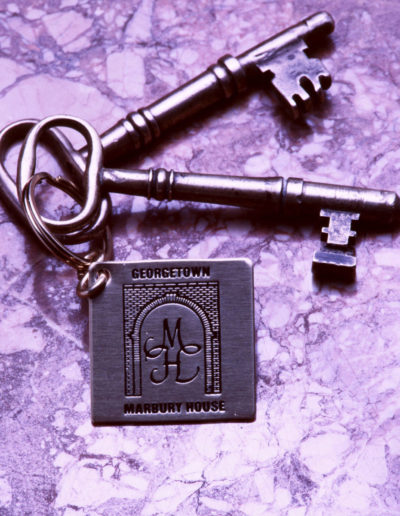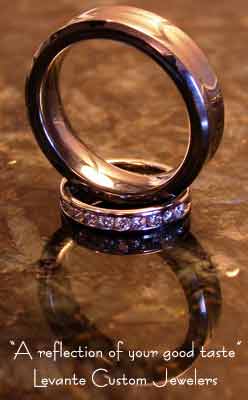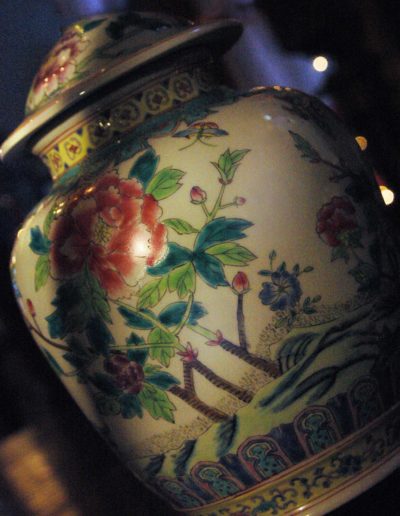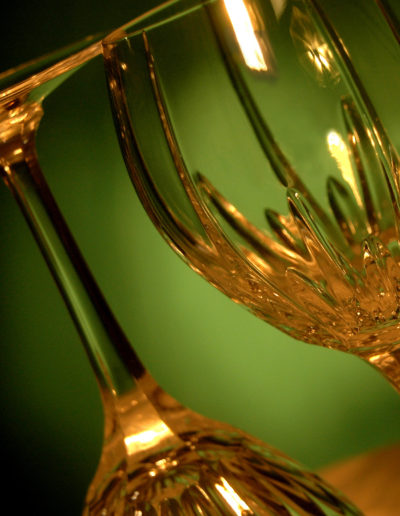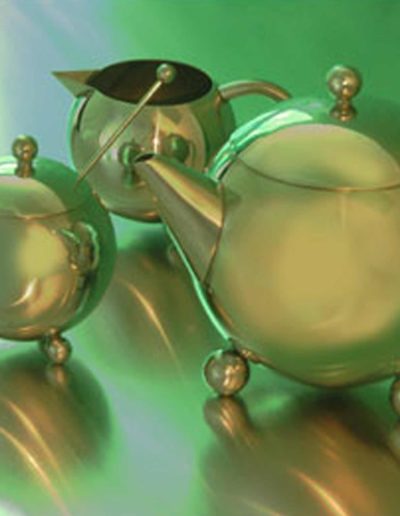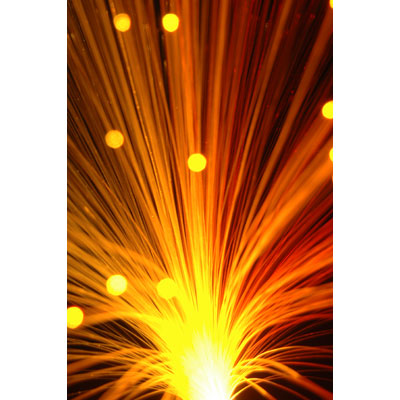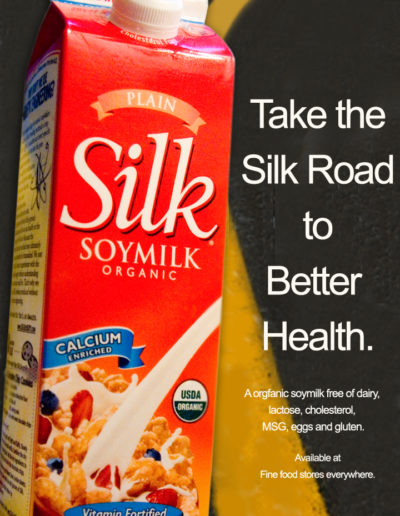PRODUCT PHOTOGRAPHY
Creative Management Services photographers shoot product photography on light tables, small sets, on location on shelving, with a light box or within a light tent. Depending on the look desired, product photography incorporates backgrounds, solid colors, patterns and white. Many clients choose white, or drop white as it is known, as the photo easily drops into multiple layouts by the media and websites.
Let’s shed some new light. Good soft lighting accentuates a product’s shape and texture. Many photographers still like window illumination, but because of its transient nature of light, setups to create the long-lasting, constant look of natural light are a must and include—side-lighting, front lighting and a combination using back and overhead lighting.
The telephoto lens slightly compresses and foreshortens. When photographing a pair of shoes in editorial style, having just the front shoe in focus is dramatic. The back shoe, as well as the background, falls off to the extent the photographer chooses by the camera settings. Shallow depth of field (how much of the area in front or behind the image is in focus) means perhaps only the item or just a small portion of the image is in focus. A change in f-stop changes the depth of field; the higher the number the greater the depth of field. Broad, flat lightening softens the composition. Tiny objects like jewelry need a macro lens.
The wide-angle lens adds more of the background and realizes interesting, more dramatic images in product photography. All products at various distances from the camera will hold focus. And give the foreground products a “flying” look as they almost reach out and touch someone.
Broad lighting still works, but a variety of additional lighting setups work well from the butterfly shadow (a slight shadow under the nose resembling a butterfly), to hatchet lighting (a side light placing half of the face in deep shadow), to every lighting design in between including under lighting and overhead lighting.
A good photographer often assumes the role of art director and designs the photograph. This means choosing the placement of the product, props, backgrounds and environments, while avoiding weak layouts, mismatching colors and patterns, and bad props.

